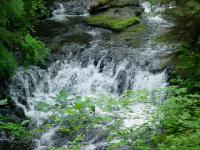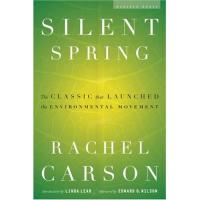Do you know of a resource that you think other teachers should know about?
Share your resource!
NEEF participates in the Combined Federal Campaign (CFC) as a member of EarthShare, an umbrella organization for the most respected and responsible environmental and conservation organizations in America. If you are a federal government employee please consider giving to NEEF through the CFC. Our CFC number is 11792.
Follow Us
Twitter Facebook YouTubeNing









